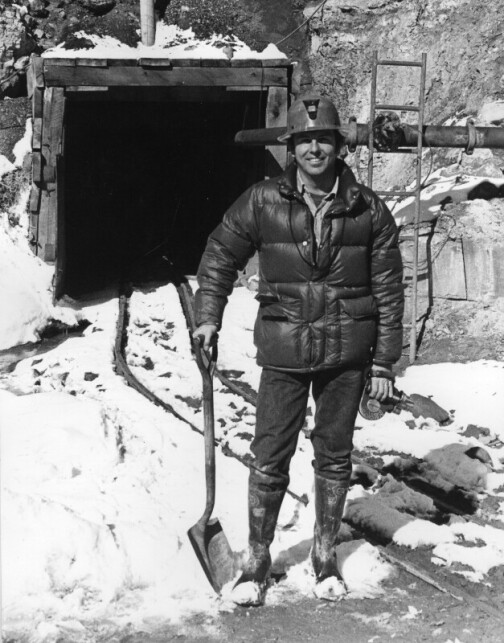Whoever is surprised that someone could be shot dead on a movie set never worked on a low-budget film. I reflect upon the time I served as second cameraman for an outfit called Canadian Wildlife Films way back in the early Nineteen Seventies. In addition to myself, the crew consisted one other cameraman, the director, who also played lead actor, and a young lady in a prairie dress and shovel bonnet who would portray a feisty pioneer woman attempting to cross a raging river in a buckboard wagon. I don’t recall there being any horses involved; perhaps the two would be towing the wagon by themselves, in which case I wouldn’t be surprised because, as I said earlier, it was a low-budget production.
I’d been hired because I occasionally shot footage for a Salt Lake City television station, where I’d earned a reputation as Mr. POV. I’d shot hanging from mine carts and speeding snowmobiles; I’d filmed while facing backwards on a roller coaster, and while facing forward, duct-taped to the nose of an experimental aircraft. Once, I stood in the line of fire of a .22 caliber Gatling gun, after the operator assured me it was loaded with blanks. Lucky for me, it was!
The gig paid fifty bucks, and included nothing for travel expenses, lodging or food. We spent the night before the shoot in tents pitched beside the Green River below Flaming Gorge Reservoir. By way of refreshment, the director had provided 53 gallons of ersatz whiskey. Here’s how you make it: Buy a used whiskey barrel and fill it with water. Let sit for a while until the water begins to smell and taste vaguely like whiskey. It’s not on a par with Jack Daniels, but it’s cheap and you can drink quite a lot of it before passing out.
Come the dawn, I was handed a Bolex 16mm film camera. I’d never used a Bolex before; however, it was vaguely similar to my usual Bell & Howell DR70 combat camera. Basically, you wind it up, set the shutter speed to 24 frames per second and pull the trigger. I chose instead 48 fps because I thought it might be cool to shoot the action sequence in slow motion–like, say, a Sam Peckinpah shoot-out.
About the action sequence: The pioneering pair would be halfway across the river when suddenly the water level would begin to rise—the result of a scheduled release from Flaming Gorge Dam. As a result, the buckboard wagon would capsize, spilling its cargo consisting of wooden boxes, a steamer trunk and an oaken barrel half filled with ersatz whiskey. However, instead of capsizing, the wagon just very slowly floated out of frame. EXTREMELY slowly, as captured in slow motion by my Bolex.
I don’t know if the resulting footage ever made it to the big screen, but I doubt it. What I do know is that the character first portrayed by the director of Canadian Wildlife Films would later be played by Dan Haggerty, titular star of “The Life and Times of Grizzly Adams” in subsequent films produced by a much larger studio. Among the production staff was a photographer friend of mine, and lucky for him no one ever drowned or got shot on a Grizzly Adams set. Nor did Schick Sunn Classic Pictures elect to buy my friend’s somewhat dark screenplay, in which Dan Haggerty attends a Halloween party costumed as a marshmallow and gets tragically eaten by his ursine sidekick Bozo the Bear.
